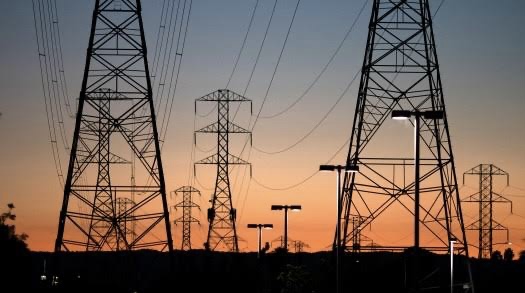KEY POINTS
- Outdated, non-cost-reflective tariffs are leading to major revenue losses for South African municipalities.
- Smart metering and infrastructure upgrades are helping some local governments improve electricity delivery and billing.
- Stronger community engagement and technical efficiency are critical to restoring trust and stabilising the energy system.
South Africa’s fight to provide reliable, affordable electricity is getting harder because of structural problems and bad municipal tariffs. These issues are making people lose faith in the government and making local budgets even tighter.
Energy experts, municipal officials, and engineers talked about the worsening crisis in electricity governance at the local level during a recent webinar hosted by Enlit Africa and ESI Africa. They warned that things could get worse if urgent changes are not made.
The online forum, called “Unpacking factors that undermine the capability and effectiveness in local governments,” had Thabang Moshoete, an energy engineer with Sustainable Energy Africa, and Ntswaki Masango, Revenue Protection Manager at eMalahleni Local Municipality, as speakers.
Both gave a realistic picture of how power management works in South Africa, along with practical solutions.
Moshoete’s talk, “The Unsupervised Leaks in Municipal Revenue,” showed how municipalities have technical and policy problems. He said that non-cost-reflective tariffs are a big reason why money is being lost. He said that many cities still charge rates that are out of date or poorly structured and don’t cover the actual cost of energy. He said that this not only puts service delivery at risk, but it also makes it harder for municipalities to reinvest in infrastructure or make electricity more available.
He also said that wrong tariffs have hurt the cross-subsidy model, which is when high-volume customers (Customer Power Users) help pay for the costs of low-income or dependent power users (DPUs). Without a plan to gradually change tariffs, municipalities run the risk of making inequality worse while trying to make less money.
Moshoete said that “fixing internal inefficiencies yields far more value than simply increasing tariffs.” He wanted utility prices to be more based on data and more open, taking into account how much people use the service, the state of the market, and the needs of the infrastructure.
Smart metering and partnerships offer path forward
Masango, speaking from a governance standpoint, stressed the importance of building trust with communities—something many municipalities have failed to do amid ongoing service delivery protests and billing disputes. “When people are heard, they are more likely to support the service,” she noted, pointing to eMalahleni’s push for greater engagement and transparency.
Her municipality has begun rolling out smart metering technologies to detect tampering and improve billing accuracy in residential areas—an approach designed to address revenue leakages and promote consumer accountability. Additionally, they are upgrading ageing infrastructure and exploring partnerships to enhance energy management capacity at the local level.
The discussion revealed a common thread: South Africa’s electricity woes are not solely technical or financial—they are also institutional. Fixing broken systems will require not only smarter technology and cost-reflective pricing but also genuine community participation and a renewed political will to reform. The future of the country’s power sector, particularly at the municipal level, hinges on whether policymakers can confront inefficiencies with clarity and courage.



